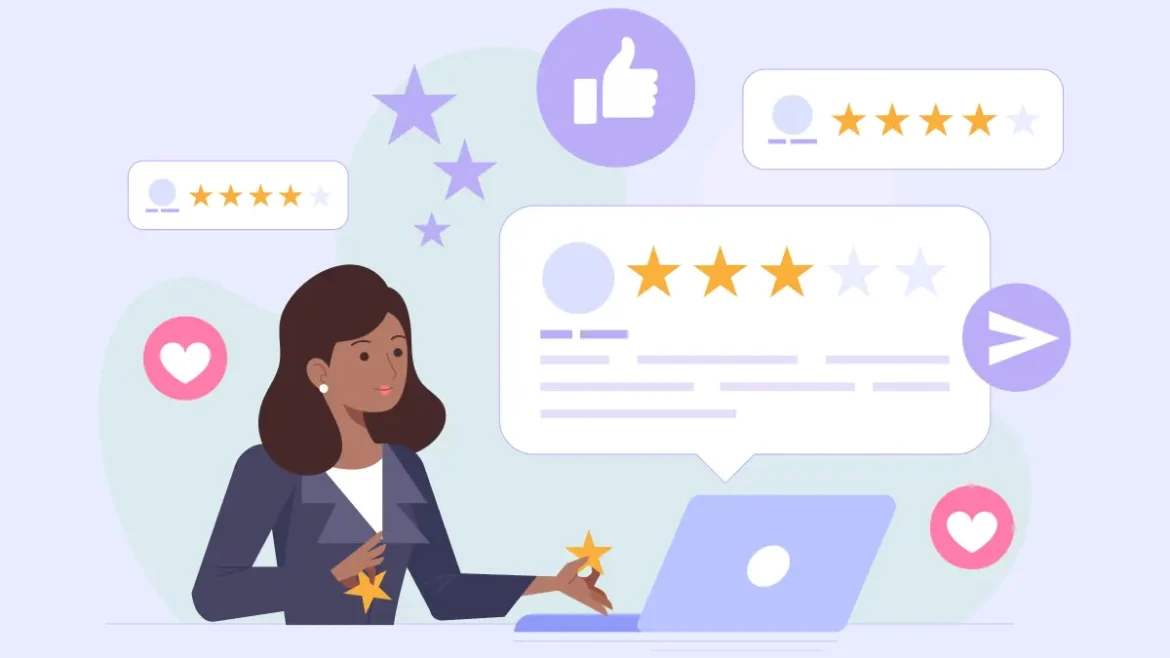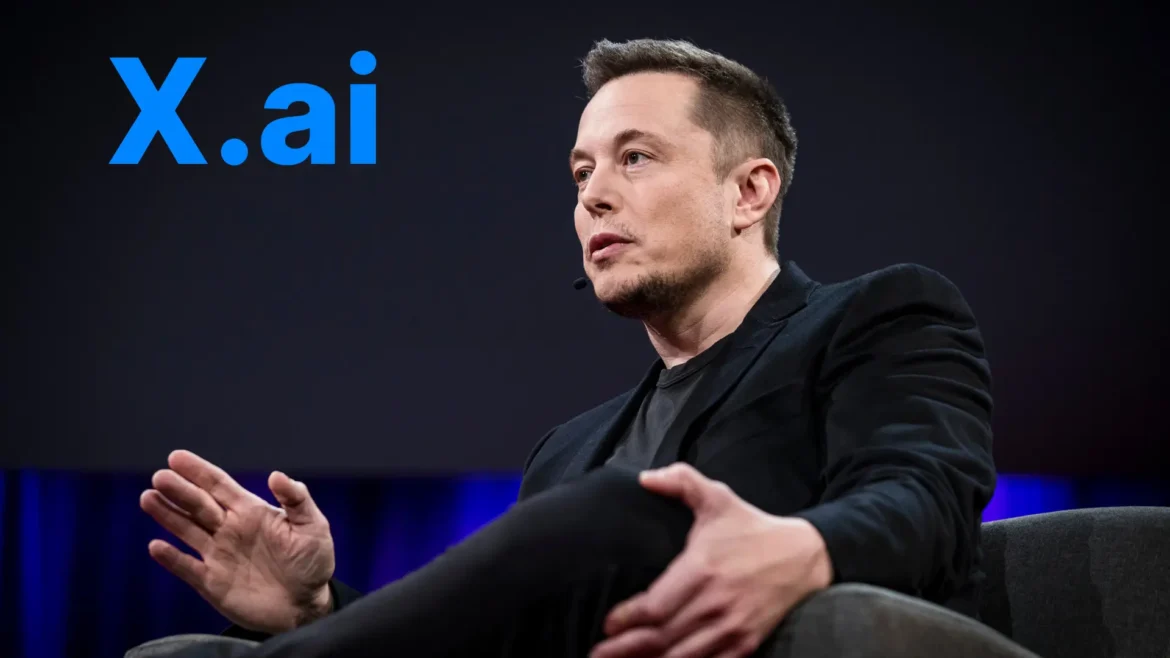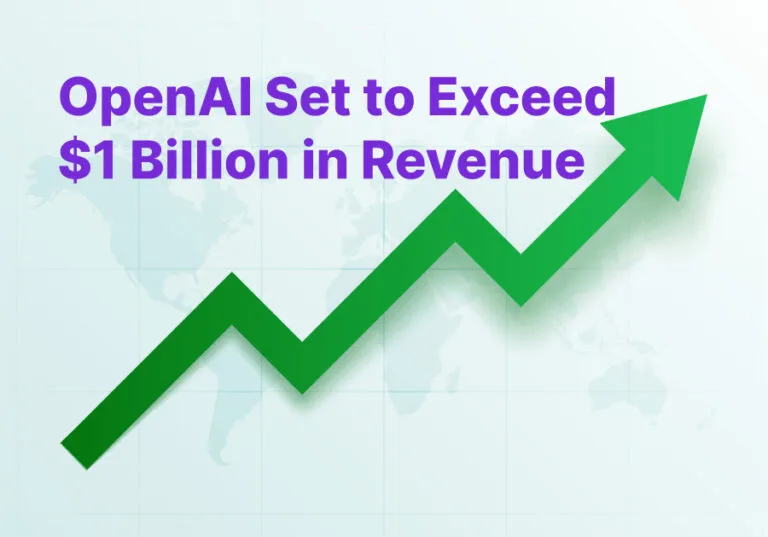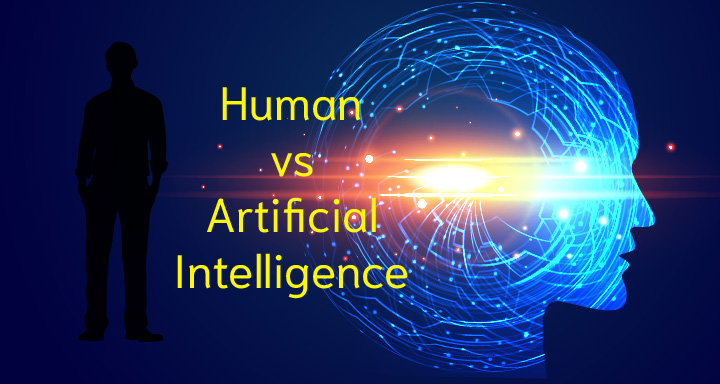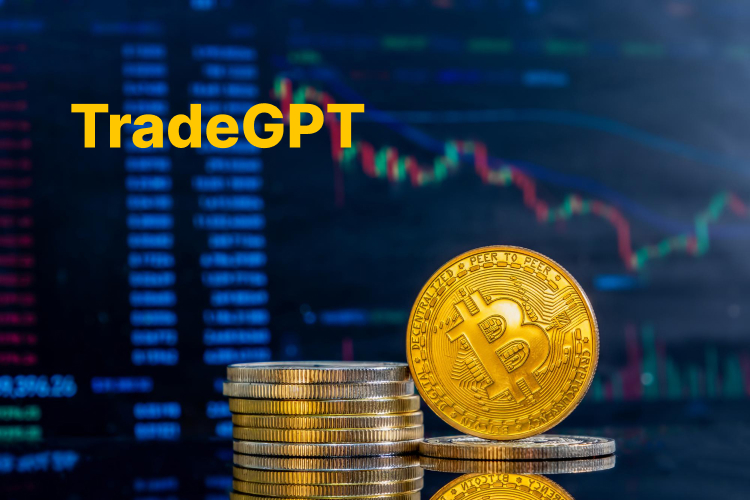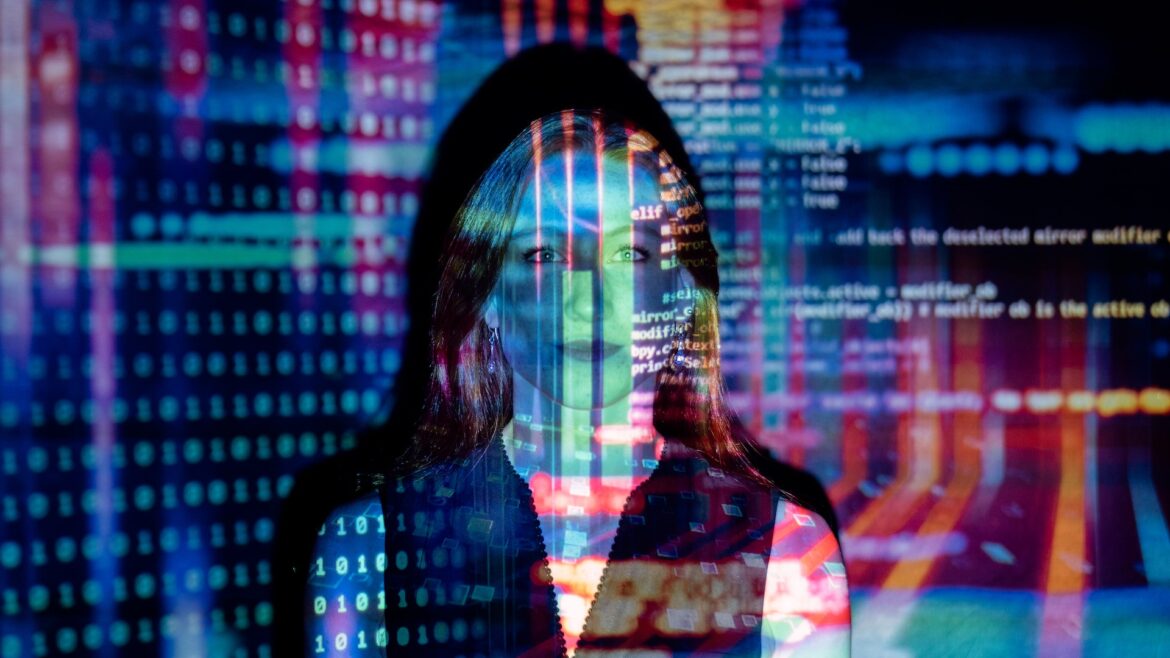Google Using AI to Detect Fake Online Reviews
https://exploreaitools.com/wp-content/uploads/2024/02/Google-AI-For-Fake-Review-1024x683.webp 1024 683 Explore AI Tools Explore AI Tools https://exploreaitools.com/wp-content/uploads/2024/02/Google-AI-For-Fake-Review-1024x683.webpGoogle AI fake reviews detection Protecting Local Business Reputations. Google has harnessed advanced AI and machine learning algorithms to rapidly detect and block a surge of fake online reviews that mislead customers and harm local businesses’ reputations
AI Weaponized Against Deceptive Customer Feedback
In the ever-evolving digital landscape, online reviews have become a powerful tool for consumers to make informed decisions about local businesses. However, the prevalence of fake reviews has threatened the integrity of this system, tarnishing reputations and misleading customers. Recognizing the gravity of this issue, Google has stepped up its game by leveraging advanced artificial intelligence (AI) algorithms to detect and block deceptive online reviews at an unprecedented rate.
Blockbuster Results: 170M+ Fake Reviews Blocked
Last year, Google’s robust AI-powered algorithms successfully identified and prevented over 170 million fake reviews from infiltrating its platform – a staggering 45% increase from the previous year. This remarkable feat demonstrates the company’s unwavering commitment to safeguarding local business reputations online and ensuring customers have access to genuine, trustworthy feedback.
AI Algorithm Improves Fake Review Detection Accuracy by 45%
Google’s latest sophisticated machine learning system employs AI techniques to analyze patterns and identify suspicious review activity across business listings. It can swiftly detect coordinated scam campaigns to post fake reviews, as well as anomalies such as identical reviews copied across multiple pages or sudden spikes in one-star or five-star ratings. This advanced AI algorithm has proven to be 45% more accurate than its predecessor at detecting fake reviews, giving businesses greater confidence that their online customer ratings reflect authentic experiences.
Multilayered Defense Includes Enhanced Security
In addition to deploying AI to block millions of fake reviews, Google has also bolstered its security protocols, thwarting over 2 million attempts at fraudulent claims on business profiles. This comprehensive defense, combining AI detection with enhanced security measures, provides local businesses robust protection against organized fake review campaigns and other deceptive online tactics.
A More Trustworthy Online Review Ecosystem
As consumers increasingly rely on online reviews to guide purchasing decisions, Google’s dedication to maintaining data integrity via AI has never been more crucial. By harnessing machine learning capabilities, the tech giant is cultivating a more transparent and trustworthy online review system. This allows businesses to focus on delivering exceptional customer service and products – ensuring that their online reputation will accurately reflect real-world performance and satisfaction.
Key Benefits for Local Businesses
In summary, Google reports that its revamped fake review detection efforts provide the following key advantages for local businesses:
- Faster detection of suspicious review patterns
- 45% higher accuracy in identifying fake reviews
- Protection from organized fake review scams and campaigns
Ultimately, these improvements should lead to a fairer playing field where a business’s online reputation better matches its real-world customer service and satisfaction.
FAQ:
Q. How does Google know if reviews are fake?
A. Google’s advanced algorithms are finely tuned to identify content generated by artificial intelligence. Through continuous innovation, the tech giant has developed sophisticated detection capabilities that analyze language patterns, user behavior, statistical markers, and other factors to filter out AI-produced materials. This multi-layered approach aims to maintain high-quality search results by flagging overly repetitive text, content lacking coherence, and other potential signs of AI generation. Google’s rigorous measures combat the spread of low-value AI content, providing users with trustworthy, authoritative information they can depend on. The company’s commitment to rooting out AI-generated work underscores its mission to deliver reliable, valuable data to its users.
Q. How does Google track reviews?
A. Google employs a proprietary algorithm to evaluate and filter reviews based on the source website. This system analyzes various qualities, prioritizing unique, original content while considering whether a review is negative or positive in sentiment. Negative reviews in particular can have a significant impact, adversely affecting a business’s overall reputation and standing, as well as its visibility and placement in Google’s search results. The tech giant’s discerning approach aims to deliver an accurate representation of public opinion that businesses and consumers can depend on.
